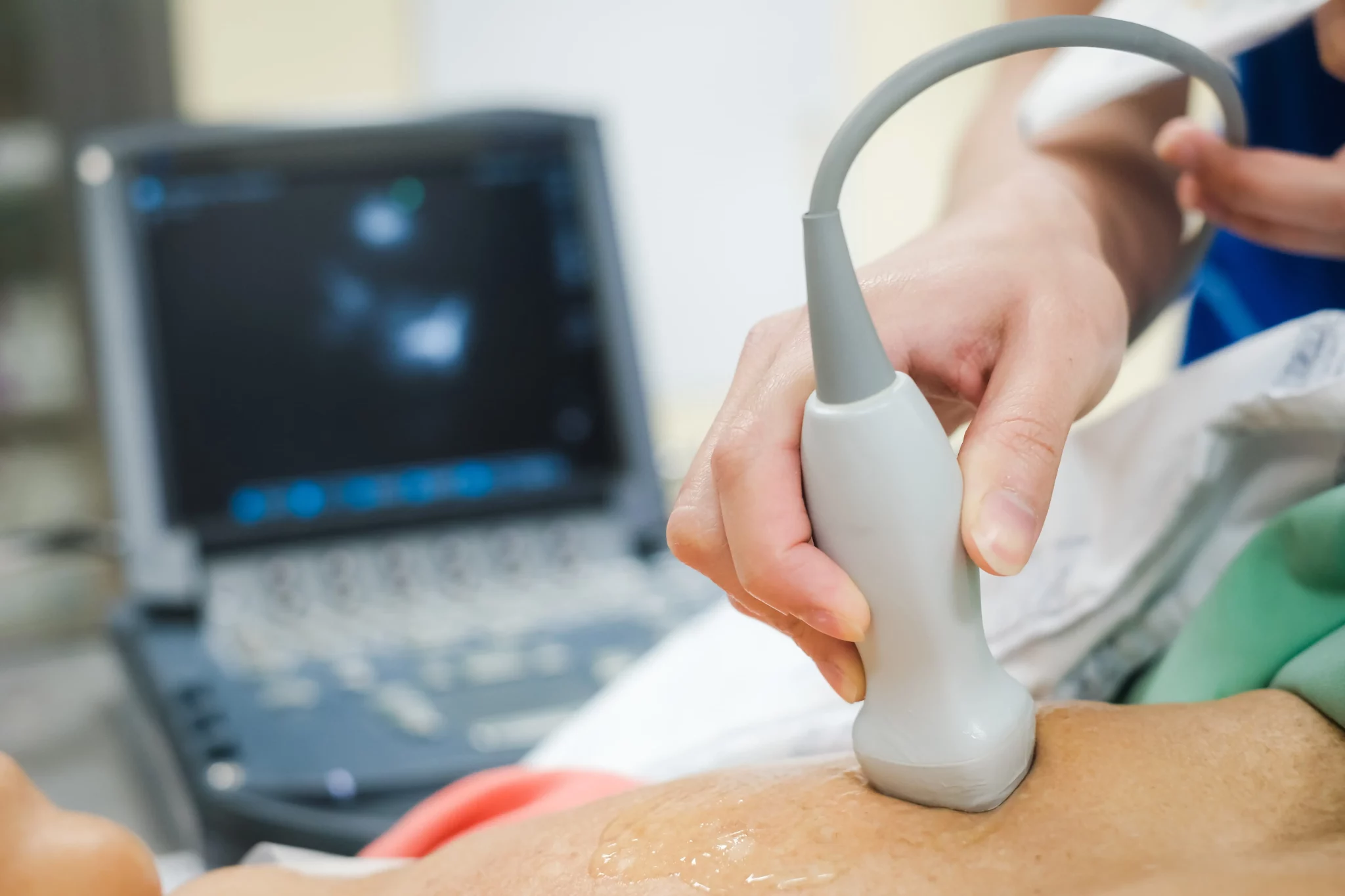Ankle-Brachial Index (ABI) testing is a simple, non-invasive procedure used to assess the blood flow in the lower legs and feet compared to the arms. It involves measuring the blood pressure at the ankle and the arm and comparing the two readings. This test is essential as it helps diagnose peripheral artery disease (PAD), a common circulatory problem in which the arteries in the legs become narrowed or blocked, reducing the blood flow to the legs and feet. In this blog, we will discuss ABI testing and why it is important.
What is Ankle-Brachial Index (ABI) Testing?
Ankle-Brachial Index (ABI) testing is a quick and painless procedure that a healthcare provider performs. It involves measuring the blood pressure in the ankle and the arm using a blood pressure cuff and a Doppler ultrasound device. The test is usually performed while the patient is lying down, and the healthcare provider will use the Doppler ultrasound device to detect the blood flow in the arteries in the legs and feet. The device uses high-frequency sound waves to create images of the blood flow in the arteries.
The ABI test is done by measuring the blood pressure in the ankle and comparing it to the blood pressure in the arm. The healthcare provider will use a blood pressure cuff to measure the blood pressure in both the ankle and arm. The cuff is inflated and slowly deflated while the healthcare provider uses the Doppler ultrasound device to listen to the blood flow. The test is repeated in both ankles and arms, and the results are recorded.
Why is Ankle-Brachial Index (ABI) Testing Important?
Ankle-Brachial Index (ABI) testing is essential for several reasons. It is primarily used to diagnose peripheral artery disease (PAD), which is a condition that affects the arteries in the legs and feet. PAD is caused by plaque build-up in the arteries, which narrows or blocks the blood flow to the legs and feet. This can cause various symptoms, including leg pain, cramping, and weakness. In severe cases, PAD can lead to gangrene and the need for amputation.
Early detection of PAD is essential, as it can help to prevent complications and improve outcomes. ABI testing is a simple and effective way to diagnose PAD, as it can detect changes in the blood flow in the arteries before symptoms develop. Healthcare providers can start treatment before the condition progresses and causes further damage.
Another reason ABI testing is necessary is that it can be used to assess the risk of cardiovascular disease (CVD) risk. CVD is a group of conditions that affect the heart and blood vessels, including heart disease and stroke. People with PAD are at a higher risk of developing CVD, so ABI testing can help identify those at risk.
How is Ankle-Brachial Index (ABI) Testing Used in Clinical Practice?
Ankle-Brachial Index (ABI) testing is used in clinical practice to diagnose peripheral artery disease (PAD) and assess the risk of cardiovascular disease (CVD). The results of the ABI test are used to determine the severity of PAD and to guide treatment.
These are some of the ways in which ABI testing is used in clinical practice:
- Diagnosis of PAD: ABI testing is a simple and effective way to diagnose PAD. A result of less than 0.9 is considered abnormal and may indicate the presence of PAD. If PAD is suspected, further tests may be needed to confirm the diagnosis.
- Assessment of PAD severity: The results of the ABI test can be used to determine the severity of PAD. A lower ABI value indicates more severe PAD. This information is used to guide treatment decisions.
- Monitoring treatment: ABI testing is also used to monitor the effectiveness of treatment for PAD. If a patient with PAD undergoes treatment, such as lifestyle changes, medication, or surgery, the ABI test can be repeated to determine if the treatment has improved the blood flow in the legs and feet.
- Assessment of cardiovascular disease (CVD) risk: As mentioned earlier, ABI testing can also be used to assess the risk of CVD. A low ABI value is associated with an increased risk of CVD, so healthcare providers may recommend further tests or treatments to reduce the risk.
- Screening: ABI testing can also be used as a screening tool for PAD and CVD. Screening may be recommended for people who have risk factors for these conditions, such as diabetes, high blood pressure, smoking, or a family history of heart disease or stroke.
Benefits and Limitations of Ankle-Brachial Index (ABI) Testing
While Ankle-Brachial Index (ABI) testing helps diagnose PAD and assess CVD risk, it also has some limitations. Let’s dig in closer to the benefits and limitations of ABI testing.
Benefits of ABI Testing:
- Non-invasive: ABI testing is a non-invasive procedure that does not require any needles, incisions, or anesthesia. This makes it a safer and more comfortable alternative to other diagnostic tests, such as angiography or magnetic resonance imaging (MRI).
- Quick and Painless: ABI testing is a quick and painless procedure that can be completed in just a few minutes. It does not cause discomfort or pain, and patients can resume their normal activities immediately after the test.
- Cost-effective: Compared to other diagnostic tests, ABI testing is relatively inexpensive. This makes it a cost-effective option for healthcare providers and patients.
- Early Detection of PAD: ABI testing can detect PAD before symptoms develop, which allows healthcare providers to start treatment early before the condition progresses and causes further damage.
Limitations of ABI Testing:
- False positives: ABI testing can produce false-positive results, which means that the test indicates the presence of PAD when there is none. This can lead to unnecessary testing or treatment.
- False negatives: ABI testing can also produce false-negative results, which means that the test indicates the absence of PAD when there is a blockage in the arteries. This can lead to a delay in diagnosis and treatment.
- Limited information: ABI testing only provides information about the blood flow in the legs and feet compared to the arms. It doesn’t give information on the specific location or severity of any blockages in the arteries.
- Operator-dependent: ABI testing requires skilled operators to perform the test and interpret the results accurately. Inexperienced or unskilled operators may produce inaccurate results, leading to incorrect diagnosis or treatment.
Conclusion
In conclusion, Ankle-Brachial Index (ABI) testing is a crucial diagnostic tool for assessing the blood flow in the lower legs and feet and detecting peripheral artery disease (PAD) early. This non-invasive, painless test also helps healthcare providers to monitor the effectiveness of treatment and assess the severity of PAD. At Roshal Health, we offer high-quality ABI testing services, using advanced Doppler ultrasound devices to accurately diagnose PAD and evaluate the risk of cardiovascular disease (CVD). If you have concerns about your risk of PAD or CVD, our skilled and experienced team can provide you with the necessary testing and guidance to manage your health effectively. Contact us today to book an appointment and take control of your health.




